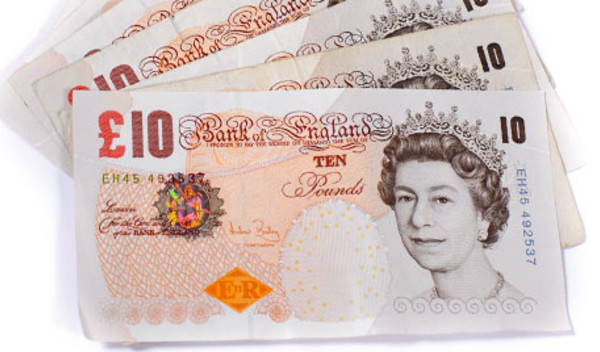

Some 23 per cent of all higher rate taxpayers could be collectively missing out on over £1bn in tax relief each year because they do not contribute to a pension, according to Prudential.
HM Revenue and Customs data showed there were approximately 4.4m higher rate taxpayers in the tax year 2013/14, with Prudential’s research indicating that 1m of them are not contributing to any pension scheme.
The provider commissioned Consumer Intelligence to survey 382 higher-rate taxpayers earning between £41,185 and £150,000 a year. It found that even of those who do contribute to a pension, 23 per cent were unsure whether they reclaim the full tax relief on their pension contributions.
Based on average annual earnings of £50,200 for a higher rate taxpayer, making pension contributions of 5 per cent would reduce their annual tax bill by around £1,000.
While members of occupational pension schemes receive basic and higher rate tax relief automatically through their payroll, members of personal pension schemes, including group personal pension schemes, self-invested personal pensions and stakeholder schemes, only receive basic rate 20 per cent tax relief automatically.
Higher rate taxpayers who are members of these schemes have to claim the additional relief themselves through their annual tax return, or by informing HMRC.
Overall, HMRC figures suggest the total tax liabilities for higher rate taxpayers is £62.7bn a year, equating to an average tax bill of £14,3002.
Annual higher rate tax relief on pension contributions costs the Treasury around £7bn a year, John Moret, principal of consultancy MoretoSipps, told FTAdviser.
Clare Moffat, technical manager and tax specialist at Prudential, added that while many people go to great lengths to make everyday household savings, they could bank many hundreds of pounds a year by fully using the tax relief available on certain pension contributions.
“With an annual average of £1,000 in tax relief available to higher rate taxpayers, it makes sense for people to maximise their contributions and make sure they’re getting all the relief they are due.
“Additionally, those who make regular pension contributions will potentially receive valuable employer contributions and therefore benefit from an even greater boost to the eventual value of their retirement pot.
“Substantial numbers of higher rate taxpayers are potentially failing to reclaim some or all of the full relief they are entitled to. For example, many higher rate taxpayers are now subject to the child benefit tax charge which increases the amount of tax payable, but it also means that the amount of tax relief available increases.”
Prudential noted that it is possible to reclaim tax relief you have missed out on in previous years and claims can be backdated for as much as four years if you are not usually required to submit a self-assessment return.
The threshold for higher rate tax is set to rise to £42,385 in the 2015/16 tax year.
peter.walker@ft.com



